Understanding the Convertible Top Salvage Market
The convertible top salvage industry represents a specialized niche within the broader auto parts recycling market, offering significant opportunities for both sellers looking to maximize returns from damaged vehicles and buyers seeking cost-effective repair solutions. Understanding how to properly salvage and sell convertible tops and mechanisms requires knowledge of complex mechanical systems, thorough inspection protocols, and compliance with salvage regulations.
According to industry trends, buyers typically save 30-50% when purchasing salvaged convertible top parts over new replacements. This substantial cost difference, combined with the authenticity of OEM parts, makes the salvage market particularly attractive for classic car restoration projects and vehicles with discontinued convertible top systems.
Key Focus Areas When Salvaging Convertible Tops
Successful convertible top salvaging requires systematic evaluation of multiple interconnected systems. The mechanical and sealing parts represent the most valuable salvageable elements due to their complexity and replacement costs.
Frame and Structure Assessment
The convertible top frame serves as the foundation for the entire system. During salvage operations, inspect the metal frame thoroughly for:
- Structural integrity – Check for bending, stress fractures, or significant rust
- Alignment issues – A bent frame will cause problems when the top closes
- Mounting points – Verify all attachment brackets remain secure
- Joint functionality – Test pivot points and locking mechanisms
Seals and Weatherstripping Evaluation
Quality seals are critical for preventing water and air leaks, making them highly sought after in the salvage yard market. Examine seals for:
- Elasticity and flexibility
- Absence of cracks or brittleness
- Proper adhesion to mounting surfaces
- Complete sections without missing pieces
“Dried, cracked, or missing seals are major red flags for buyers, as replacement weatherstripping can cost hundreds of dollars and requires specialized installation expertise.”
Motors and Hydraulic Systems
Power convertible top systems rely on sophisticated hydraulic and electrical components. These parts command premium prices in the salvage market due to their complexity and repair costs. Focus on:
- Hydraulic pump functionality – Test for smooth operation without strain
- Electrical connections – Inspect wiring harnesses and control modules
- Fluid leak detection – Check for hydraulic system integrity
- Motor housing condition – Examine for physical damage or corrosion
Comprehensive Inspection Protocol for Buyers and Sellers
Whether buying or selling convertible top parts, following a systematic inspection protocol ensures accurate valuation and prevents costly mistakes. This checklist covers all critical evaluation points:
| Part Category | Inspection Focus | Critical Warning Signs |
|---|---|---|
| Overall Operation | Test complete cycle if possible | Grinding noises, sudden stops, slow movement |
| Frame Structure | Visual and physical inspection | Bends, cracks, rust, loose joints |
| Seals/Weatherstrip | Flexibility and adhesion test | Cracking, hardening, missing sections |
| Hydraulic Motor | Electrical and fluid system check | Fluid leaks, electrical damage, corrosion |
| Fabric/Hard Panels | Material condition assessment | Tears, fading, warping, poor alignment |
Documentation and Legal Requirements
Proper documentation is essential for legal salvage operations. The California Highway Patrol Salvage Inspection Program and similar state programs require comprehensive record-keeping for all salvaged automotive parts.
Required Documentation
- Bills of sale with complete part descriptions and VIN information
- Salvage title or proof of ownership for the donor vehicle
- Inspection receipts from certified mechanics when applicable
- Detailed condition reports with photographs for online listings
According to salvage inspection guidelines, maintaining proper documentation reduces fraudulent parts circulation by approximately 25-30% in states with strong enforcement programs.
Market Value and Pricing Strategies
The convertible top salvage market operates on several key value drivers that affect pricing and demand patterns.
OEM Quality Premium
Original Equipment Manufacturer parts command higher prices than aftermarket alternatives due to guaranteed fit and original quality standards. This premium becomes especially pronounced for classic or discontinued models where new replacements may not exist.
Complete Assembly vs. Individual Parts
Sellers face a strategic decision between selling complete convertible top assemblies or parting out individual elements. Complete mechanisms often fetch higher total prices, especially when buyers need multiple interconnected parts. However, high-demand individual items like motors and control units can be highly profitable when sold separately.
- Complete assemblies – Higher total value, fewer transactions
- Individual parts – Broader market reach, potentially higher profit margins
- Specialty items – Motors, control modules command premium prices
Benefits for Buyers in the Salvage Market
The salvage convertible top market offers compelling advantages for vehicle owners facing repair or restoration projects. Understanding these benefits helps both buyers make informed decisions and sellers position their inventory effectively.
Cost Savings and Accessibility
- Significant cost reduction – Savings of 30-50% compared to new parts
- Availability for discontinued models – Often the only source for obsolete systems
- Environmental benefits – Reduces manufacturing demand and landfill waste
- OEM authenticity – Maintains vehicle originality and value
For owners of classic convertibles or rare models, salvage yards often represent the only viable source for replacement parts, making these markets particularly valuable for both buyers and sellers.
Testing and Functional Verification
Proper testing protocols ensure both buyers and sellers can accurately assess convertible top system functionality. This verification process is crucial for establishing fair pricing and preventing disputes.
Electrical System Testing
When possible, test electrical motors and control systems before removal:
- Connect power supply and cycle the system multiple times
- Listen for unusual noises, grinding, or strain indicators
- Verify smooth operation in both directions
- Check control switch and wiring harness functionality
Hydraulic System Evaluation
- Inspect hydraulic lines for leaks or damage
- Check fluid levels and condition
- Test pump operation under load
- Verify pressure relief valve functionality
Current Market Trends and Opportunities
The salvage convertible top market continues evolving with broader automotive industry trends and consumer preferences.
Online Sales Growth
Digital platforms have transformed convertible top parts sales, enabling sellers to reach broader markets and buyers to source parts from distant locations. This trend has increased market efficiency and improved pricing transparency.
Classic Car Market Impact
Demand for used convertible top parts has increased by approximately 15% in the classic car restoration market over the past five years. This growth reflects renewed interest in automotive restoration projects and the preference for original equipment over generic aftermarket alternatives.
Safety and Compliance Considerations
Convertible top systems are complex mechanisms that affect both vehicle safety and security. Proper installation and maintenance are crucial for preventing accidents and ensuring reliable operation.
The California Bureau of Automotive Repair and similar agencies emphasize the importance of professional installation for complex mechanical systems. When selling convertible top parts, providing installation guidance or recommending certified mechanics can add value and reduce liability concerns.
Professional Installation Recommendations
- Complex hydraulic systems require specialized knowledge
- Electrical connections must meet safety standards
- Frame alignment affects structural integrity
- Seal installation requires precision for weather protection
Maximizing Returns Through Strategic Salvaging
Successful convertible top salvaging requires understanding which parts offer the best return on investment and how to position them in the market effectively.
High-Value Salvage Targets
- Hydraulic motors and pumps – Command premium prices due to complexity
- Control modules and wiring harnesses – High-demand electrical parts
- Complete frame assemblies – Valuable for restoration projects
- Specialty seals and weatherstripping – Often unavailable new
Similar to strategies used for high-value auto parts, focusing on complex mechanical parts that are difficult to remove can reduce competition and improve profit margins.
Getting Started: From Salvage to Sale
Whether you’re looking to sell a junk car with a valuable convertible top or seeking replacement parts for your restoration project, understanding the salvage process helps ensure successful transactions and fair pricing.
The convertible top salvage market offers opportunities for significant cost savings, environmental benefits, and access to otherwise unavailable parts. By following proper inspection protocols, maintaining appropriate documentation, and understanding market dynamics, both buyers and sellers can participate successfully in this specialized automotive parts sector.
For detailed guidance on salvage inspections and documentation requirements, consult resources like the steps to pass salvage inspections and review local regulations through your state’s salvage vehicle inspection guidelines.
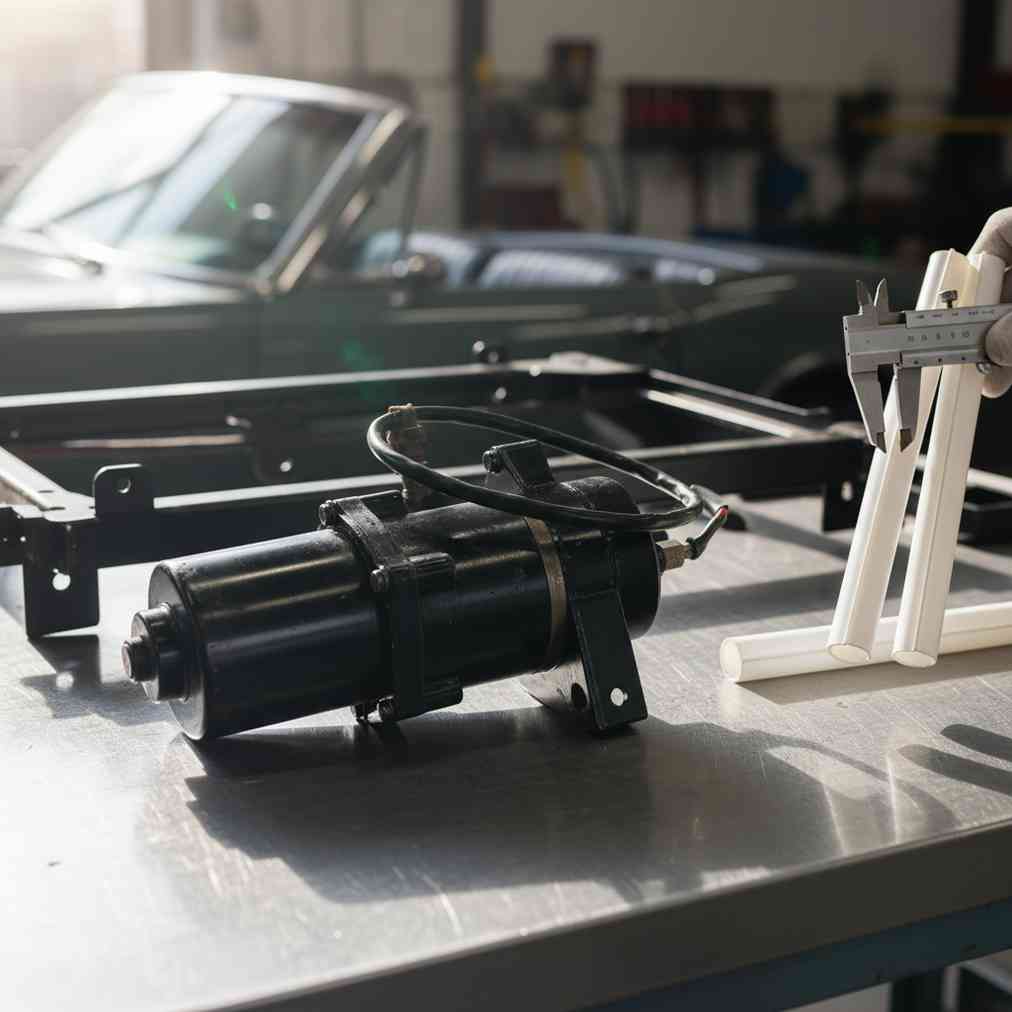
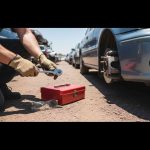
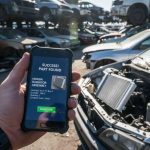
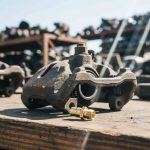
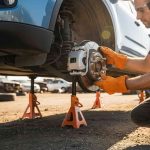
Leave a Reply
You must be logged in to post a comment.